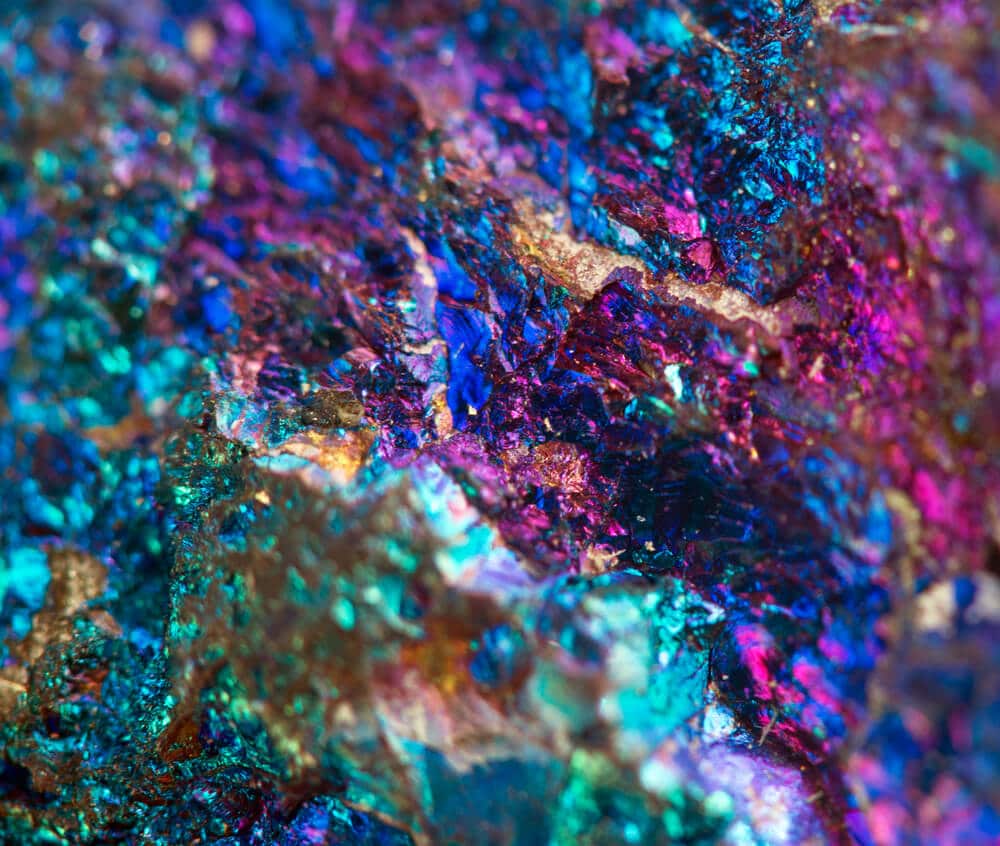Researchers from Uppsala University in Sweden have succeeded in synthesizing an innovative material with exceptional water absorption capabilities and a large surface area. The research findings were published in the scientific journal PLOS ONE.

Researchers from Uppsala University in Sweden have succeeded in synthesizing an innovative material with exceptional water absorption capabilities and a large surface area. The research findings were published in the scientific journal PLOS ONE.
The new material, which consists of magnesium carbonate, and which was named Upsalite (after the university), is expected to reduce the amount of energy required to control the humidity of the environment in the electronics and pharmaceutical development industries, as well as in ice arenas and storage complexes. The material could also be used for the collection of waste and toxic chemicals or oil spills and in the field of systems for the transfer of medicines, for odor control and for the restoration of sanitation after fires.
"Contrary to what has been claimed in the scientific literature for the last hundred years, we found that magnesium carbonate in its amorphous configuration (lacking organized order) can be produced in simple processes and at low temperature," says Johan Goméz de la Torre, a researcher in the department of nanotechnology and functional materials at the university.
While ordered formations of magnesium carbonate, both with and without water molecules in the structure, are common in nature, disordered and water-free formations have proven particularly difficult to produce. In 1908, German researchers claimed that the substance cannot indeed be produced by the same process in which other irregular carbons are produced - namely, by bubbling carbon dioxide gas through an alcoholic suspension. Additional studies conducted in 1926 and 1961 reached the same conclusion.
"In 2011, we slightly changed the conditions of the synthesis that had already been carried out in the past, and we accidentally left the material in the reaction vessel during the entire weekend. When we returned to the laboratory on Monday, we discovered that a hard gel had formed in the reaction vessel, which we began to dry," the researcher notes. The researchers continued from here and for a whole year performed a detailed analysis of the new material and a specific adjustment of the reaction conditions. "After reviewing a number of characterization methods known in the scientific literature, it became clear to us that we indeed succeeded in synthesizing the material that was previously claimed to never be possible to produce this way," the head of the department of nanotechnology and functional materials proudly notes. However, the most impressive discovery was not that the researchers discovered a new material, but rather the surprising properties contained in this material, which has been given the name opalite - with the highest surface area ever measured for carbon of a trace alkali metal: 800 square meters per gram. "This finding places the new material in the unique group of porous materials with an extremely high surface area, including mesoporous silica, zeolites, metal-organic frameworks and carbon nanotubes," say the researchers.
In addition, the researchers discovered that the material was full of empty nozzles, all of which were less than 10 nanometers in diameter. This porous structure of the material gives it a completely unique way to react with the external environment, while obtaining several important properties for possible applications of the material. Upsalite, for example, has been found to absorb the greatest amount of water in relatively low humidity environments compared to the best materials that do this that are available today. The collection of these properties will, the researchers hope, turn the new material into a starting material for the development of many different sustainable products in a variety of industrial applications.

One response
Diapers….. the most profitable commercial use